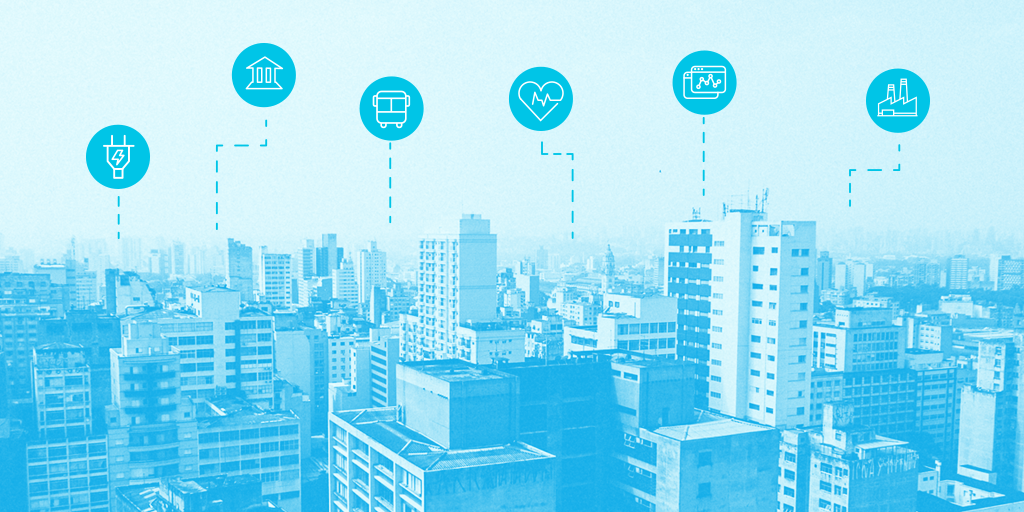Integrating Assets is Key to Smart City Enablement

 The McKinsey Global Institute estimates that by 2025, the world’s top 600 cities (in terms of GDP) will be home to two billion people – 25 percent of the world’s population. As urban centers continue to grow, “Smart City” technology that leverages networks of intelligent assets to collect, analyze and share data will become increasingly central to urban strategies to improve quality of life, enhance security and energy efficiency and respond to citizens’ changing needs.
The McKinsey Global Institute estimates that by 2025, the world’s top 600 cities (in terms of GDP) will be home to two billion people – 25 percent of the world’s population. As urban centers continue to grow, “Smart City” technology that leverages networks of intelligent assets to collect, analyze and share data will become increasingly central to urban strategies to improve quality of life, enhance security and energy efficiency and respond to citizens’ changing needs.
Smart City initiatives are gaining momentum. Plans are in place to construct futuristic new cities from the ground up, and smart tools are being widely deployed in historic global centers such as London, Barcelona and Oslo to improve traffic flow, prevent crime and reduce carbon emissions. Internet of Things capabilities, open systems platforms and blockchain technology are all central to these initiatives.
Regardless of priorities and objectives or the specifics of the technology mix, a successful Smart City initiative requires the seamless integration of a wide range of assets, devices and sensors. The importance of connectivity and integrating assets to the success of any Smart City initiative is highlighted by a recent Cisco Blog, which identifies key trends in the Smart City industry. Of the top ten trends identified, five directly focus on data sharing, smart networks and interconnectivity issues. These include:
- City-wide digital platforms to aggregate and analyze data from different sources
- Connected intersections
- Merging of GIS, big data and analytics to create “living maps of community behavior
- Expansion use of connected vehicles
- Linking autonomous vehicles with government sensors and networks to gather critical data
From another perspective, integration is essential because any Smart City solution is built on a foundation of an IoT platform that must accommodate multiple standards and protocols. As such, the challenge lies in in selecting an open systems approach that allows connectivity between different devices with a minimal amount of customization. Key criteria include leveraging existing investments, connectivity with pre-configured assets without extensive third-party intervention and the ability to capture data from those assets in real time.
Building connectivity from scratch, meanwhile, limits functionality and leads to duplication of effort. Morevoer, devices need to do more than merely access databases. A sure sign of a sub-optimal solution is the need to develop complex interfaces to transform collected data into insights and business outcomes.
In other words, connectivity needs to be a top priority for any Smart City initiative, and decision makers tasked with assessing Smart City options need to thoroughly evaluate data sharing, interoperability and communication capabilities. Due diligence is imperative – while almost any Smart City solution will tout its open systems capabilities, the reality is that some solutions are more open than others.
Join Softtek at theSmart Cities Connect 2018 conference in Kansas City, MO, March 26th through March 29th. We will be at booth 503, demonstrating our sustainable Smart City solutions and digital capabilities.For more information, download our white paper, Smart Cities: Overcoming the Integration Barrier



